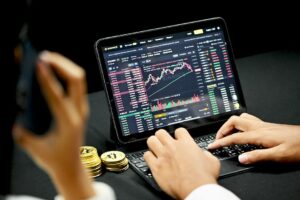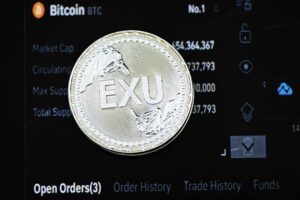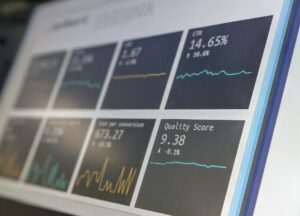Understanding the Differences Between Futures and Forex Trading
When it comes to trading in the financial markets, there are various instruments available to investors and traders. Two popular options are futures and forex trading. While both involve speculation on the price movements of assets, there are distinct differences between the two. In this article, we will delve into the key aspects that set futures and forex trading apart.
Definition and Structure
Futures trading involves the buying and selling of standardized contracts, known as futures contracts, which obligate the parties involved to buy or sell a specific asset at a predetermined price and date in the future. These contracts are traded on regulated exchanges, such as the Chicago Mercantile Exchange (CME) or the Intercontinental Exchange (ICE).
On the other hand, forex trading, also known as foreign exchange trading or currency trading, involves the simultaneous buying and selling of currencies. The forex market operates as an over-the-counter (OTC) market, meaning it is decentralized and does not have a central exchange. Instead, participants trade directly with each other or through electronic platforms.
Liquidity and Trading Hours
The forex market is the largest and most liquid financial market in the world, with daily trading volumes exceeding $6 trillion. This high liquidity ensures that traders can enter and exit positions quickly, even with large trade sizes. Moreover, the forex market is open 24 hours a day, five days a week, allowing traders to react to news and events in real-time.
On the other hand, futures markets are less liquid compared to forex, with trading volumes varying depending on the specific contract being traded. Futures contracts have specified trading hours, typically mirroring the trading hours of the exchange where they are listed. This means that traders have limited opportunities to react to news that may affect the price of the underlying asset outside of trading hours.
Leverage and Margin Requirements
Both futures and forex trading allow traders to use leverage, which enables them to control larger positions with a smaller amount of capital. However, the leverage available in forex trading is typically much higher than in futures trading. Forex brokers often offer leverage ratios of 50:1, 100:1, or even higher, meaning traders can control positions that are 50 or 100 times larger than their account balance.
In contrast, futures contracts have specific margin requirements set by the exchange. These margins are typically lower than the full value of the contract, allowing traders to control larger positions with a smaller amount of capital. However, the leverage available in futures trading is generally lower than in forex trading.
Market Dynamics
The forex market is characterized by high liquidity, tight spreads, and minimal transaction costs. This makes it attractive for short-term traders and those looking to profit from small price movements. In addition, the forex market exhibits high volatility, presenting opportunities for traders to capitalize on price fluctuations.
Futures markets, on the other hand, may have higher transaction costs, including commissions, exchange fees, and clearing fees. The spreads in futures trading can also be wider compared to forex. Consequently, futures trading is often favored by long-term traders and those looking to hedge against price fluctuations in the underlying asset.
Underlying Assets
One of the key differences between futures and forex trading lies in the underlying assets being traded. In futures trading, a wide range of assets can be traded, including commodities (such as oil, gold, and corn), stock indices, interest rates, and even cryptocurrencies. This diversification allows traders to gain exposure to various sectors and markets.
In forex trading, the focus is solely on currency pairs. The most actively traded pairs include major currencies such as the US dollar, euro, Japanese yen, British pound, and Swiss franc. The forex market offers a wide range of currency pairs, allowing traders to take advantage of global economic trends and geopolitical events.
Risk and Regulation
Both futures and forex trading involve risk, and traders should be aware of the potential for losses. However, the risks associated with futures and forex trading differ in nature. In futures trading, the risk is primarily related to the price movements of the underlying asset. For example, if a trader holds a futures contract for crude oil and the price of oil drops, the value of the contract decreases, resulting in a loss.
In forex trading, the risk is associated with exchange rate fluctuations between currency pairs. These fluctuations can be influenced by various economic, political, and social factors. Traders should carefully monitor these factors and implement risk management strategies to protect their capital.
Both futures and forex trading are regulated to ensure fair and transparent markets. Futures trading is heavily regulated by government agencies such as the Commodity Futures Trading Commission (CFTC) in the United States. Forex trading, while decentralized, is regulated in most countries to protect investors and maintain market integrity.
Conclusion
In summary, futures and forex trading are two distinct methods of speculating on price movements in financial markets. While both offer potential opportunities for profit, they differ in terms of market structure, liquidity, trading hours, leverage, transaction costs, underlying assets, and risk. Traders should carefully consider these differences and their own trading objectives before deciding which market to participate in.






